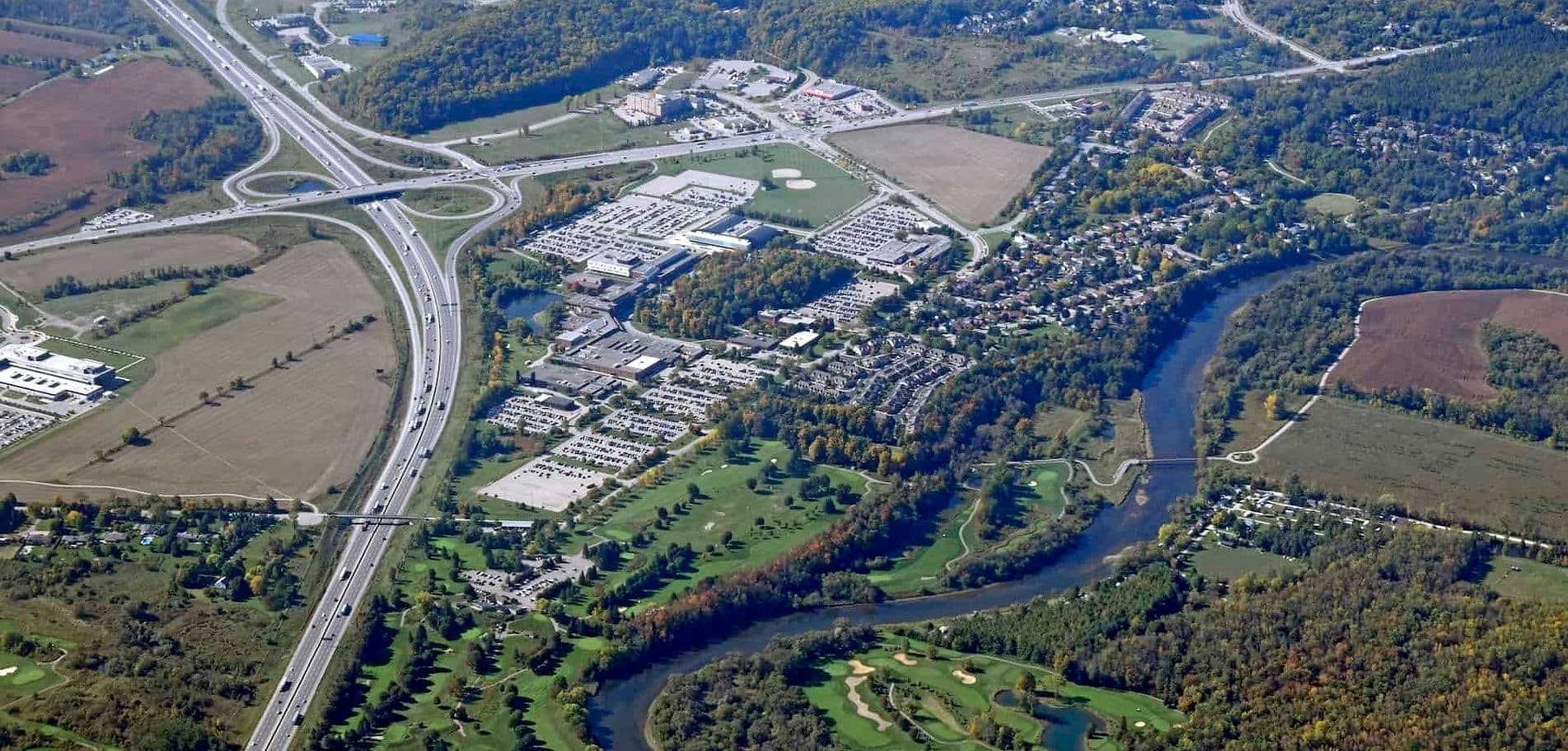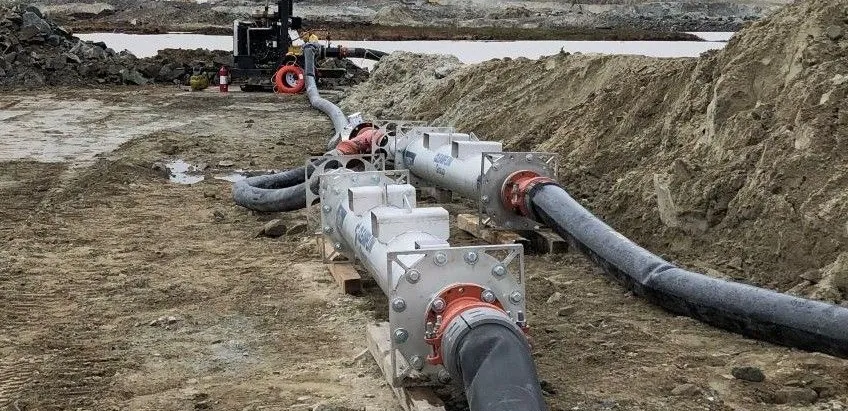Sensitive Aquatic Habitat Requires Protection from Construction Activity
Protecting sensitive aquatic habitats using water treatment with gel flocculant from construction sedimentation, and safe guarding fish from undue stress caused by this construction activity is critical to the river’s health and that of the communities along its shores. Along the eastern slopes of the Alberta Rocky Mountains are some very sensitive and important fish habitats. The Smoky River, located in the Peace River Watershed, flows north from Jasper National Park, following Highway 40 for 70 km, where it continues heading northeast as the highway heads north. Named “Smokey” by the Indigenous Cree people due to the presence of “smouldering beds of coal in the riverbank”, coal mining has a long history in the area.
Highway 40 Begins to Slip Towards the River
Secondary Highway 40 services the community of Grande Cache, Alberta. A town purpose built for the coal industry. A vital link through remote and pristine wilderness, the highway provides access large cities with important services. When groundwater pressure in the embankment supporting the road caused the highway to slip from its perch above the river, a solution to repair the slide was urgently needed. The topography, its remote location, a rail line between the river and the toe of the embankment, and the presence of the river would all add to the complexity of the needed repair work. To stabilize the hillside, a total of 16 drains would be horizontally drilled, allowing water pressure to be relieved. During drilling, dirty water returning from the bore holes would be very high in Total Suspended Solids (TSS) and would require treatment before reuse or release. As space on the site would be limited, an efficient, easy-to-use solution for silt reduction was needed. Clean water for the drill was taken from the river and stored in a large bag. After use, it was pumped for treatment/settling and then returned to the bag for reuse. At completion, water was released into the small forest before flowing back into the river.
Gel Flocculant Treatment for Reuse Lowers Environmental Impact While Ensuring Fish Safety
Clearflow’s Gel Flocculants have a long history of protecting the Smoky River. Local miner CST Coal has been using our Gel Floc Block for many years to ensure the water leaving their site meets or exceeds the provincial regulatory requirements. On the Highway 40 – Sheep Creek project, Ledcor Highways leaned on Clearflow’s experience and track record of successful treatment to deliver a solution that would be cost effective, environmentally sustainable while having a small footprint. They also understood that during construction, the river’s aquatic species like Artic Grayling, Bull, and Athabasca Rainbow Trout needed protection, so having Clearflow Group Gel Floc would be a sustainable choice. Chronic silt pollution affects food sources, covers egg-laying gravel beds, and causes other stresses that can lead to displacement.
Effectively Removing Silt Pollution with Gel Flocculant
Sample testing to ensure proper chemistry is critical to project success. Water and soil constituents make for a wide variability of treatments. The amount of TSS can impede the use of Gel Flocculant as they are intentionally designed to be slow releasing to eliminate overdosing. Using Gel Flocculant for water treatment can treat values as high as 2% solids, but typically 1.5% and below is the effect limit. The ability to treat silt without chemical storage tanks, dosing pumps, and highly skilled technicians is ideal for remote locations. Lowering the carbon footprint along with the ease of deployment also adds to the attractiveness of using a Gel Floc solution.
Saving Money Can Also be Environmentally Sustainable
Fighting silt pollution by using sustainable products can be less expensive than traditional methods. Carter McIntyre, Ledcor Highways Project Coordinator, had this to say about Clearflow’s Gel Flocculant. ”The solution was cost-effective and highly efficient. Meeting strict quality standards and regulatory requirements was crucial, and Clearflow not only met but exceeded our expectations. Their system was user-friendly. Low maintenance, and the Gel Blocks effectively flocculated the water. Clearflow provided us with peace of mind…”





